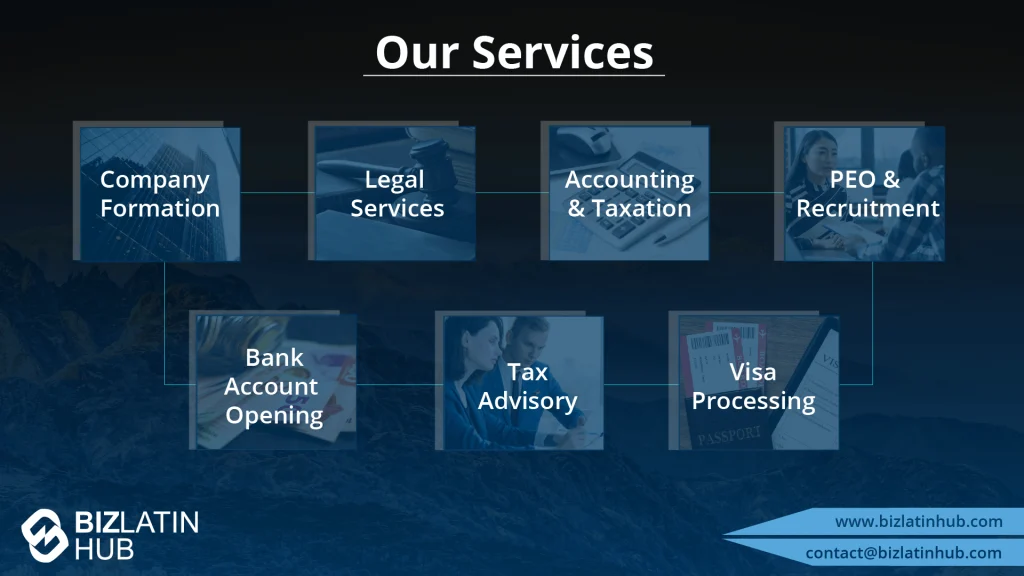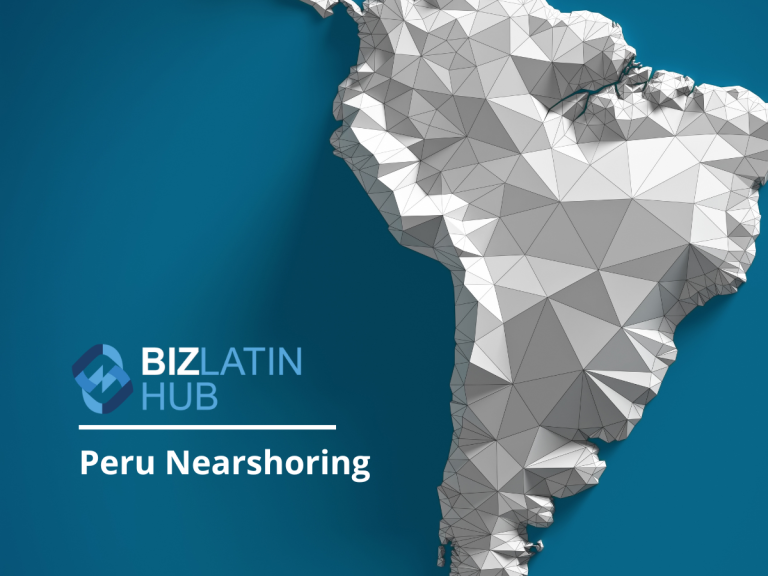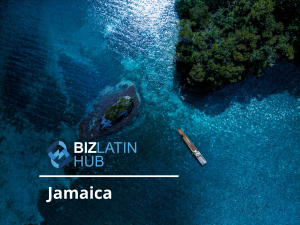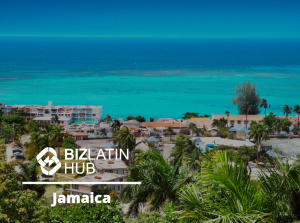In recent years, Peru has emerged as a critical player in the industry of nearshoring, attracting a growing number of companies from around the world looking to reduce costs, improve efficiency, and access a skilled and competitive workforce. The sector of nearshoring in Peru has benefited from a favorable business environment, including its well-developed infrastructure, fair tax policies, and supportive government. The country has also invested in developing its human capital, with initiatives to improve education and training, as well as support the growth of small and medium-sized enterprises.
The nearshoring industry in Peru has also been driven by a growing demand for outsourcing and business process services, as well as the increasing trend towards remote work and digital transformation.
In addition, the country’s location in the same time zone as the eastern coast of the United States and its proximity to other countries in the Americas has made it an attractive destination for nearshoring, allowing for more accessible and more efficient communication and collaboration between businesses in different countries. If you are looking to nearshore in Peru, it is also important to understand what you might need to register a company before moving your current operations.
What are the benefits of nearshoring in Peru?
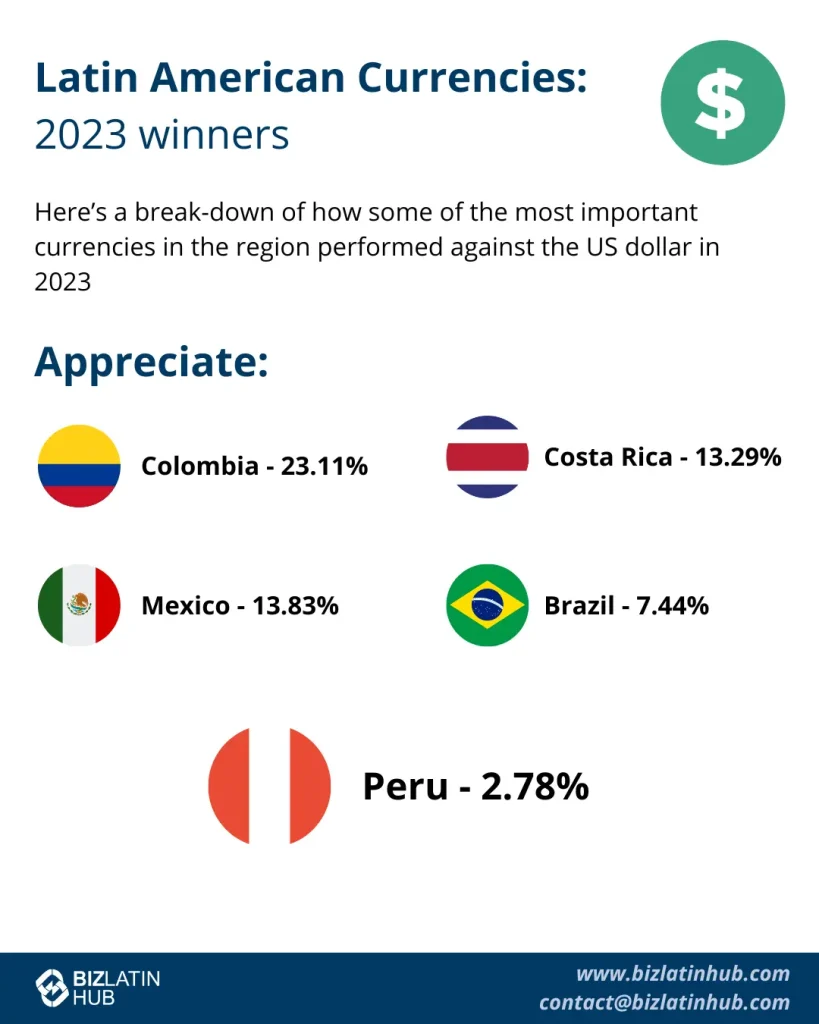
The benefits of nearshoring in Peru include:
- Cost savings
- Access to skilled talent
- Cultural compatibility
- Geographical proximity
- Government support
The next section will take a closer look at the benefits of nearshoring in Peru.
1. Cost savings
Nearshoring in Peru can result in lower labour and operational costs than outsourcing to more developed countries. When considering labour costs, Peru compares favourably to the U.S., with a minimum hourly wage of almost USD 2 compared to the US minimum wage of USD 7,5 – depending on the state.
2. Access to skilled talent
Peru has a growing pool of qualified professionals, particularly in fields such as engineering, IT, and finance. Peru also has a talented workforce in engineering, mining, information technology, and business services. There is also a growing creative industry, including fashion design and advertising, and a well-developed tourism sector. Additionally, the country has a rich cultural heritage, reflected in the skills of its artisans and craftspeople. Unemployment in Peru is still relatively high, giving companies plenty of skilled workforces to utilise.
3. Cultural compatibility
Peruvian culture has a strong emphasis on education, customer service, and collaboration, making it easier for companies to work with nearshore teams. Peru has a rich and diverse cultural heritage, with indigenous communities, Spanish colonial influence, and various immigrant communities contributing to its cultural landscape. The country is known for its hospitality and friendliness, and locals feel pride in their cultural heritage. In business settings, there is a strong emphasis on building personal relationships and taking the time to get to know colleagues and clients is essential. Punctuality is generally appreciated, although a more relaxed attitude towards timekeeping can be observed in some situations. In terms of communication, direct and unambiguous language is usually valued, although nonverbal communication, such as gestures and facial expressions, can also play a significant role in conveying meaning.
4. Geographical proximity
Peru is geographically well-positioned for nearshoring. It is located in the same time zone as the eastern coast of the United States and has good connectivity to other countries in the Americas. This proximity allows for more accessible and more efficient communication and collaboration between businesses in different countries, reducing the barriers to cross-border trade and investment. Peru is also strategically located along the Pacific coast of South America, providing access to a growing market in the region. This, combined with the country’s well-developed transportation infrastructure, makes it a convenient and accessible destination for companies looking to establish a presence in the area.
5. Government support
The Peruvian government has supported foreign investment and implemented policies encouraging nearshoring, recognizing its potential to drive economic growth and create job opportunities. One of the key initiatives has been the establishment of special economic zones, which offer a range of tax and other incentives to companies operating within their borders. These zones also provide access to infrastructure, such as high-speed internet, power, and transportation, making it easier for companies to establish a presence in the country.
The government has also implemented several programs to develop the country’s human capital, including initiatives to improve education and training and support for the growth of small and medium-sized enterprises. These programs aim to create a more skilled and competitive workforce that can support the nearshoring industry and other sectors of the economy.
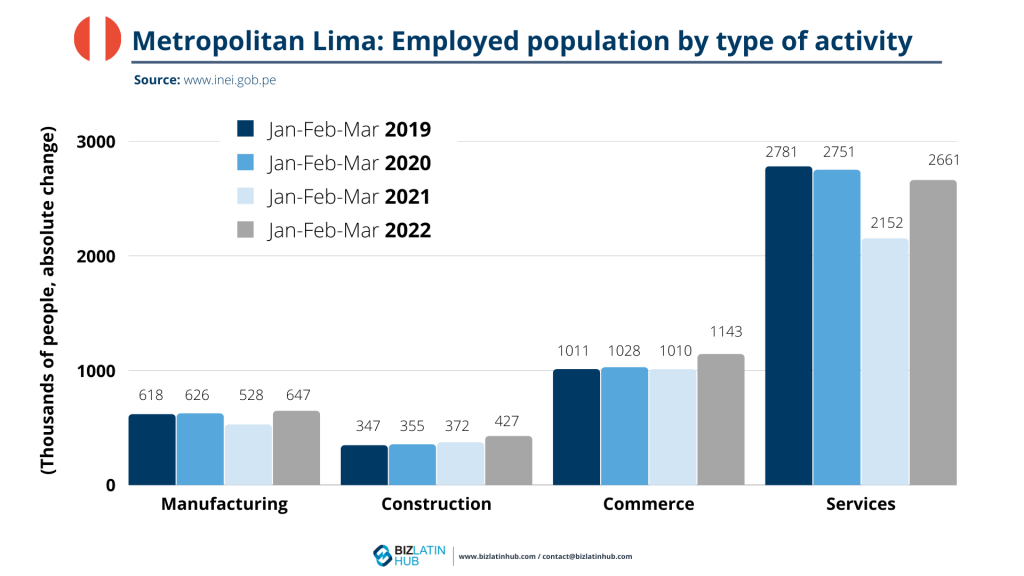
Predictions for Nearshoring in Peru
It isn’t easy to make definitive predictions about the nearshoring industry in Peru, as several economic, political, and technological factors influence it. However, based on current trends and the supportive environment created by the government, the nearshoring industry in Peru will continue to grow and evolve in the coming years.
One factor that may impact the nearshoring sector in Peru is the aftermath of the COVID-19 pandemic, which created uncertainty and disruption in many industries around the world. The pandemic accelerated the trend towards remote work and digital transformation, which may increase demand for nearshoring services in Peru as companies look to reduce costs and improve efficiency.
Additionally, the continued growth and development of the country’s infrastructure and transportation network may also positively impact the nearshoring industry in Peru, as it will make it easier for companies to establish a presence in the country and for workers to commute to work.
Another factor that may influence the nearshoring industry in Peru is the changing global economic landscape, including changes in trade policies and the relative competitiveness of different countries. However, the favourable business environment, skilled workforce, and supportive government policies in Peru suggest that the country is well-positioned to take advantage of these changes and continue to grow its nearshoring industry in the coming years.
Overall, nearshoring in Peru can offer companies a balance between cost savings and access to high-quality talent, which can improve efficiency, competitiveness, and profitability.
In conclusion, while many factors could impact the nearshoring sector in Peru in 2024, the supportive environment created by the government and the country’s favourable geographic and demographic position suggests that the industry will continue to grow and evolve in the coming years.
FAQs when Nearshoring in Peru
1. What is the objective of nearshoring in Peru?
The objective of Nearshoring is to reduce costs and maintain fluid and effective communication with the work team, which can be more difficult to achieve when working with countries that are far apart.
2. How does nearshoring in Peru differ from offshoring?
Nearshoring involves outsourcing to nearby countries, such as Peru, while offshoring typically involves outsourcing to more distant locations, often overseas.
3. What industries are suitable for nearshoring in Peru?
Industries such as manufacturing, IT services, customer support and software development have found success with nearshoring in Peru due to their skilled labor and cost efficiency.
4. Is nearshoring in Peru suitable for startups?
Yes, nearshoring in Peru can benefit startups by providing access to cost-effective talent, scalable solutions, and proximity to major markets.
5. How can companies mitigate security risks when nearshoring in Peru?
Companies can mitigate security risks by conducting thorough risk assessments, choosing secure locations, implementing robust security measures, and staying informed about local conditions.
Biz Latin Hub can help you Nearshoring in Peru
At Biz Latin Hub, we provide integrated market entry and back-office services throughout Latin America and the Caribbean, with offices in Lima, Perú, as well as over a dozen other major cities in the region. We also have trusted partners in many different markets.
Our unrivalled reach means we are ideally placed to support multi-jurisdiction market entries and cross-border operations.
As well as knowledge about nearshoring in Peru, our portfolio of services includes hiring & PEO accounting & taxation, company formation, bank account opening, and corporate legal services.
Contact us today to learn more about how we can assist you in finding top talent or doing business in Latin America and the Caribbean.
If this article on nearshoring in Peru was of interest to you, check out the rest of our region coverage. Or read about our team and expert authors.
